OTA's - A look at Other Transaction Authority
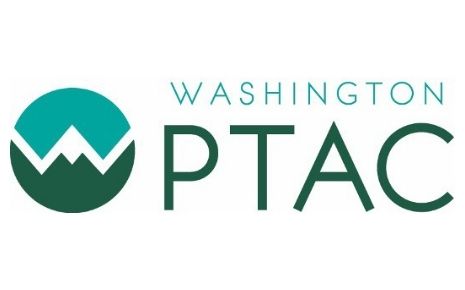
14 Mar 2022
PTAC, innovation, Technology, Government Contracting, Koprince
Reposted from SmallGovCon.jpg)
 Reposted from SmallGovCon
Reposted from SmallGovCon
John Holtz AttorneyKoprince McCall Pottroff LLC
Ah, the Federal Acquisition Regulations, or FAR. Quite numerous and complex, yes, but they provide a standardized set of rules and procedures that govern federal government procurements. Regardless of what contract you’re dealing with (other than a few exceptions such as the FAA, which is not subject to the FAR), you can be sure that the rules of the FAR govern it.
Unfortunately, that last statement is not true.
Since 1989, the Department of Defense (and as time has passed, more and more other agencies) has held an interesting form of contracting authority. One that is not subject to the FAR or other such federal regulations. This unusual authority is referred to quite simply as “Other Transaction Authority” (OTA), and any government contractor that encounters it needs to understand that OTA procurements are a whole different beast from regular federal procurements.
Background
As noted above, OTA isn’t necessarily new, it has been around for over 30 years. But its usage has increased greatly since then, particularly in recent years. Initially limited to use by the DoD, it is now used by agencies such as the Department of Energy, the Department of Health and Human Services, the Department of Homeland Security, NASA, the FAA, and even the Department of Transportation. OTA is primarily used by these agencies for research work, although the DoD, NASA, and the Department of Homeland Security use it for prototype development as well. For this post, we’re going to focus on the DoD’s use of OTA as they use it the most and have the most expansive authority to use it.
DoD’s authority here specifically comes from 10 U.S.C. § 4002 and 4003. These statutes note that the DoD and military may use OTA for research projects and for “prototype projects that are directly relevant to enhancing the mission effectiveness of military personnel” (in other words, weapons).
So?
Federal law treats DoD research projects and prototype development as distinct from federal procurements that most government contractors are used to. In fact, they are not even considered “procurements” by the COFC, as SpaceX learned the hard way in 2019 in Space Exploration Technologies, Corp. v. United States, 144 Fed. Cl. 433 (Aug. 26, 2019). In one case, GAO explained: “GAO’s audit reports to the Congress have repeatedly reported that ‘other transactions’ are ‘other than contracts, grants, or cooperative agreements that generally are not subject to federal laws and regulations applicable to procurement contracts.’” MorphoTrust USA, LLC, B-412711 (Comp. Gen. May 16, 2016). This is expressly stated in 32 C.F.R. § 3.2, in fact.
Wait, wait, wait…”generally are not subject to federal laws and regulations?” Yes, you read that correctly. OTA-based agreements are not subject to the FAR, in addition to many other federal rules that don’t apply. Additionally, this lack of status as a “contract” means that OTA transactions are not subject to Court of Federal Claims or GAO jurisdiction, except where it would impact the award of a contract that is subject to such jurisdiction. See Space Exploration Technologies, Corp. Additionally, offerors can challenge the use of OTA where such authority is improper if the protest is made before bids are submitted. Blade Strategies, LLC, B-416752 (Comp. Gen. Sept. 24, 2018).
Limitations on Use
Well, this is certainly concerning for research contractors that work with the DoD. (Although if you are on the receiving end of an OTA award, you may appreciate that the award is difficult to protest.) If agencies can use OTA for such work and OTA isn’t governed by most federal law or hearable in the COFC or GAO, what’s to stop DoD from using it indiscriminately to get around the rules?
If you perform research work for the DoD or military, it would appear the answer is “nothing.” 10 U.S.C. § 4002, which authorizes the use of OTA for research projects, does not appear to contain any limitations on the use of that authority, besides that it must only be used for research projects and that OTA cannot be used if similar research is being conducted under existing DoD programs.
For those who develop actual weapons systems and such for the DoD, fortunately, there are some substantial limitations on the use of OTA. OTA for prototype work is authorized by 10 U.S.C. 4003. This statute notes that OTA can only be used for such prototypes if one of the following conditions exists:
- At least one nontraditional defense contractor or nonprofit research institution is participating significantly in the project. Here, nontraditional defense contractor means “an entity that is not currently performing and has not performed, for at least the one-year period preceding the solicitation sources by the Department of Defense for the procurement or transaction, any contract or subcontract for the Department of Defense that is subject to the full coverage under the cost accounting standards prescribed pursuant to Section 1502 of title 41 and the regulations implementing such section,”
- All significant participants in the transaction are small businesses or nontraditional defense contractors,
- At least one third of the total cost of the project is being provided by sources outside the federal government, or
- The senior procurement executive for the agency finds exceptional circumstances justify the use.
Furthermore, OTA may only be used for projects that, combined with any follow-on production contract, is at least $100 million in expected cost.
As you may have noticed, these sorts of arrangements allow for award of follow-on production contracts, which do not have to utilize competitive procedures if competitive procedures were used for the prototype award and the awardee successfully completed the project.
In any event, at least with prototype projects, OTA authority is somewhat limited. That said, the last potential condition “exceptional circumstances” is obviously quite vague.
Concerns
In recent years, the use of OTA has expanded greatly. The Center for Strategic & International Studies noted in 2020 that the Army’s use of OTA has increased by 416 percent since 2016. As the Center observes: “The evidence suggests that there is a paradigm shift ongoing in DoD as OTAs have become a core element in DoD’s approach to technology acquisition over the last five years. This is clearly seen in the mid-to-late stages of the development pipeline for major weapon systems where OTAs are increasingly replacing contracts. Between FY 2015 and FY 2019, OTAs rose from just 3 percent of DoD’s total R&D portfolio to 18 percent of DoD’s R&D portfolio.”
While the need for flexibility with these sorts of projects is understandable, we, as well as other observers, are concerned with the increased use of OTA. Indeed, DoD internal oversight has noticed that contracting personnel utilizing OTAs have often not properly tracked awards through such a system or consistently awarded using OTA in accordance with applicable laws. The fact that DoD has made such observations gives us hope, however, that the government is recognizing that the balance between flexibility and oversight may have shifted a bit too much towards flexibility, and needed oversight may be coming soon.
Questions about this post? Or need help with a government contracting legal issue? Email us or give us a call at 785-200-8919.
More Topics
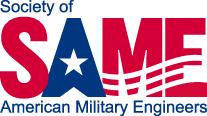







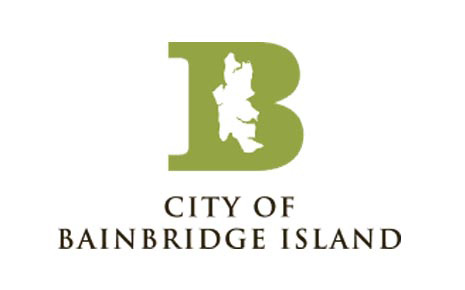
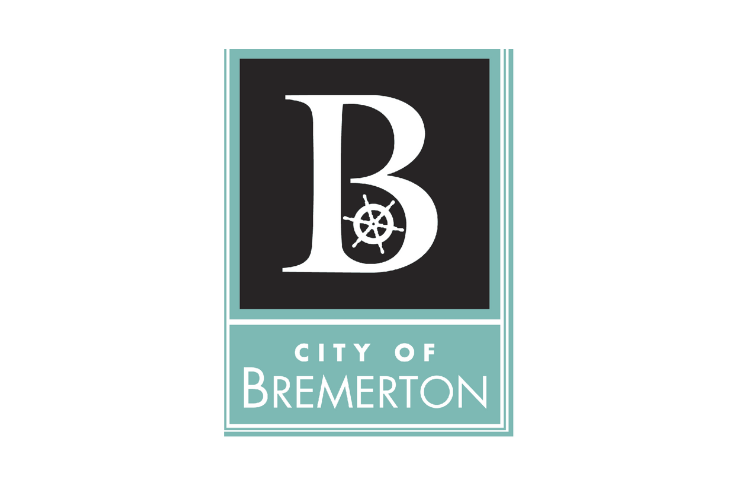



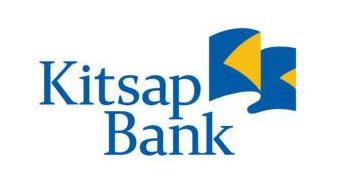
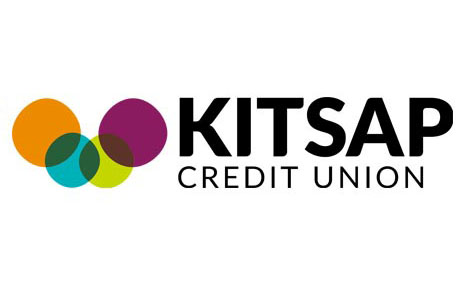
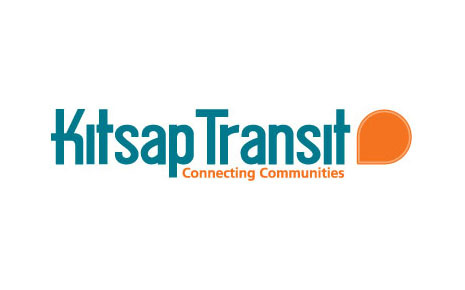
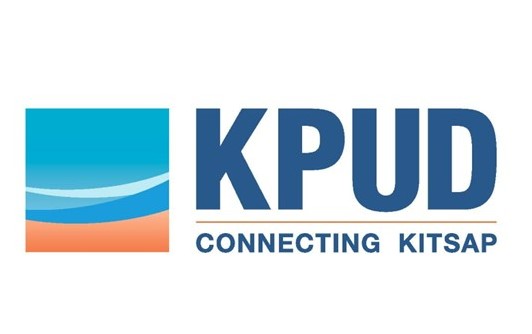
.png)

.png)
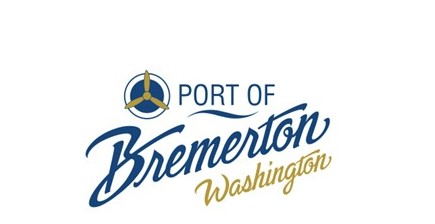
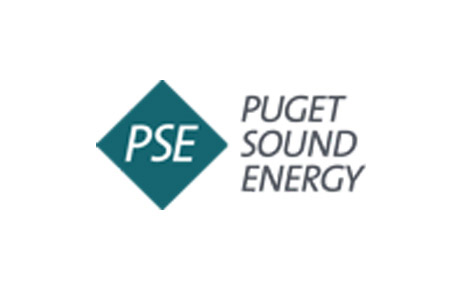


.png)



